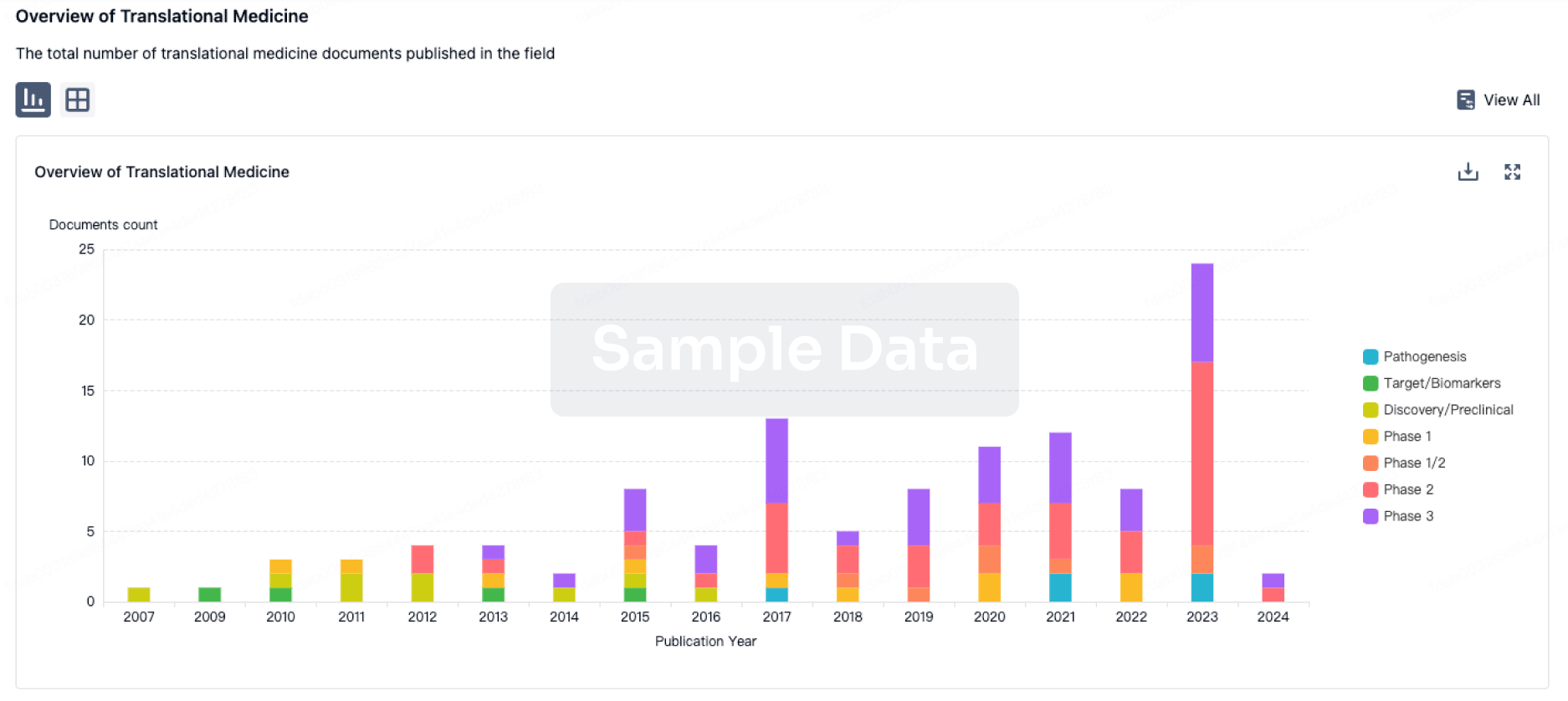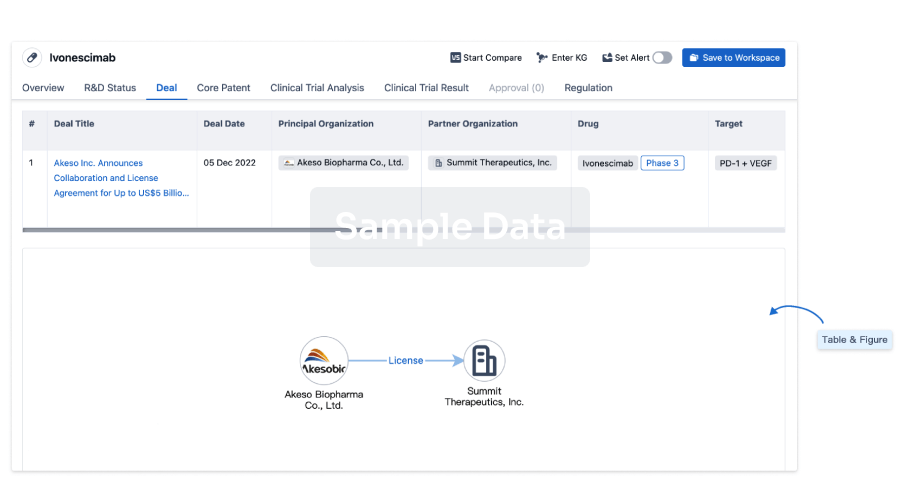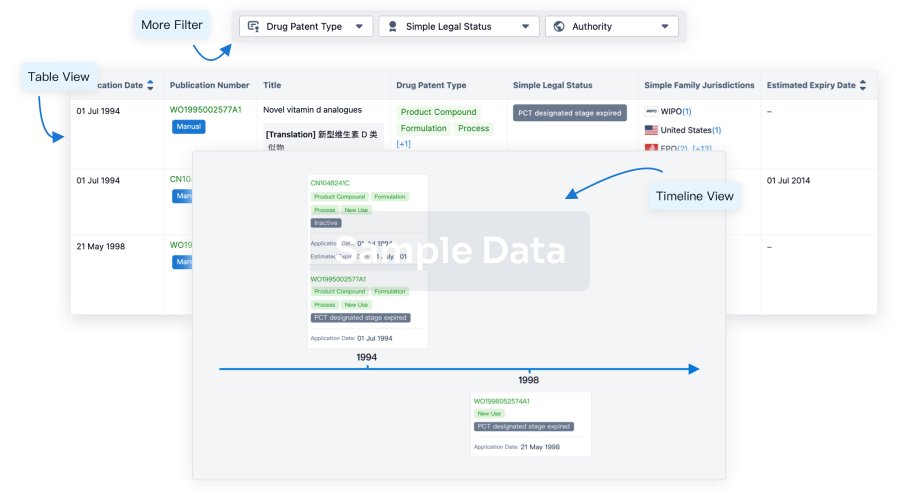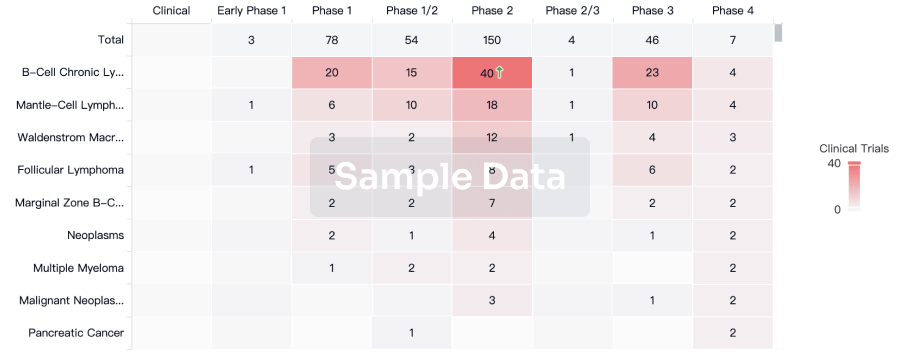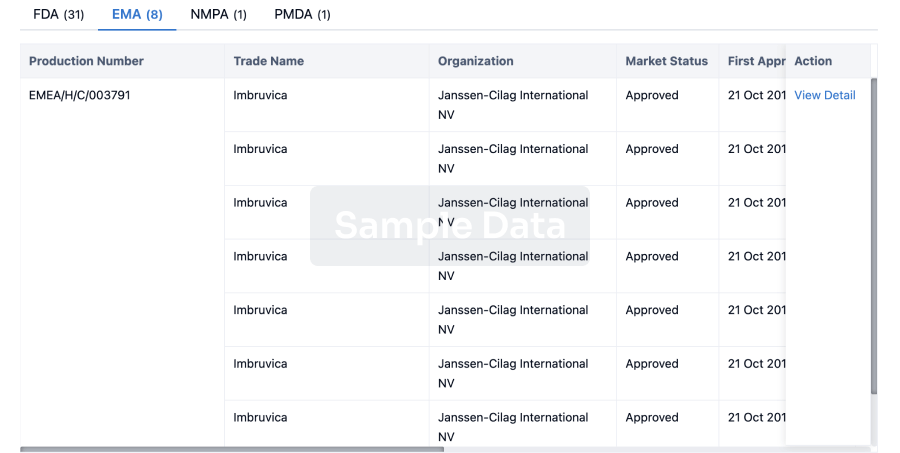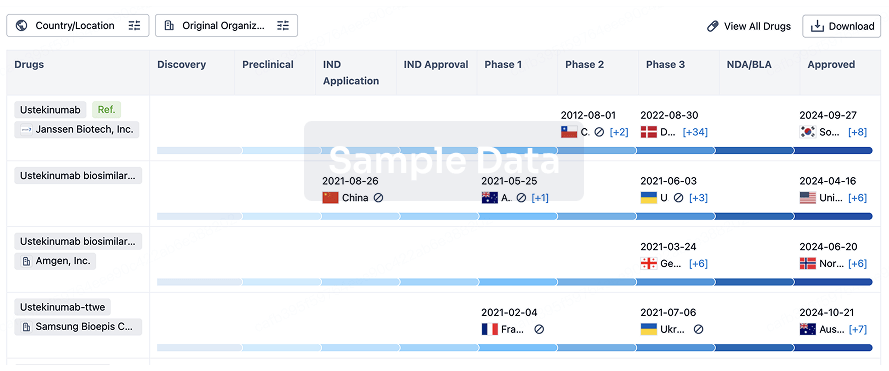PURPOSE:To identify independent predictors of recurrence following CT-guided partial radiofrequency ablation (RFA) via the stylomastoid foramen for refractory primary hemifacial spasm (HFS).
METHODS:This study received ethical approval from the Affiliated Hospital of Jiaxing University Ethics Committee (No. 2025-KY-314) with waiver of informed consent owing to its retrospective design and was prospectively registered at the Chinese Clinical Trial Registry (ChiCTR2500103743). We conducted a comprehensive retrospective analysis of 195 consecutive patients with primary HFS who underwent partial facial nerve RFA at our Pain Management Department between August 2019 and August 2024. All data were systematically extracted from our institution's prospectively maintained clinical database, with regular follow-up assessments conducted to ensure data completeness. Primary facial spasm is diagnosed based on its characteristic clinical presentation-unilateral involuntary facial muscle twitching-and preoperative imaging studies (such as mastoid skull X-rays, cranial CT, MRI, etc.) are performed to rule out secondary causes, including tumors compressing the facial nerve, vascular malformations, or demyelinating disorders.[11]. Patient Selection and Indications for RFA: (1) a confirmed diagnosis of primary HFS; (2) unilateral symptoms; and (3) refusal or unsuitability for both botulinum toxin therapy and microvascular decompression (MVD). Inclusion criteria comprised: (1) confirmed primary HFS diagnosis per established criteria; (2) unilateral symptom presentation; (3) documented refusal of both botulinum toxin therapy and microvascular decompression; and (4) provision of written informed consent for RFA intervention. Exclusion criteria eliminated: (1) secondary HFS etiologies; (2) comorbid psychiatric conditions precluding reliable clinical evaluation; (3) incomplete medical records; and (4) non-adherence to follow-up protocols.
RESULTS:The median follow-up was 15 months. The 12-month recurrence rate was 42.6 %. Multivariate Cox analysis identified older age, longer operative time, and more severe postoperative facial paralysis (higher House-Brackmann grade) as independent risk factors for recurrence (P < 0.05). The nomogram demonstrated good predictive accuracy, with an AUC > 0.8 for 1- to 3-year recurrence, and calibration curves showed good agreement.
CONCLUSIONS:We developed a nomogram that effectively predicts recurrence after RFA for HFS. The model highlights three key risk factors, which can help clinicians identify high-risk patients for more intensive postoperative management.
RESEARCH BACKGROUND:1 Hemifacial spasm: characteristics and clinical features. Hemifacial spasm (HFS) is characterized by paroxysmal, involuntary contractions of the facial muscles on one side, innervated by the ipsilateral facial nerve (the seventh cranial nerve). It typically occurs unilaterally, with muscle twitching often originating in the orbicularis oculi and gradually spreading to other facial muscles supplied by the same nerve [1]. HFS is characterized by unilateral, paroxysmal, involuntary contractions of the facial muscles [1,2]. It typically presents with an irregular episodic pattern, and its intensity can be exacerbated by factors such as fatigue, stress, or voluntary movement [1,3]. The contractions commonly originate in the orbicularis oculi before progressing to involve the entire hemiface. This condition leads to significant clinical disabilities, including functional impairment (e.g., difficulty with eyelid closure), orofacial distortion, and considerable psychological distress, all of which severely compromise the patient's quality of life and social functioning [4]. 2. Treatment options. The management of primary HFS remains challenging. Botulinum toxin injections serve as the first-line treatment but provide only transient relief (approximately 3 months) and are associated with inevitable tachyphylaxis [5,6]. Microvascular decompression (MVD) is a definitive surgical option; however, it requires general anesthesia, making it unsuitable for high-risk patients, and carries a non-negligible procedure-related mortality risk of 0.5 %-1% [7,8]. 3.
OBJECTIVE OF THE STUDY:To address the limitations of existing therapies, our institution developed a minimally invasive alternative: CT-guided partial radiofrequency ablation (RFA) of the facial nerve via the stylomastoid foramen, performed under conscious sedation [9,10]. The objective of this retrospective cohort study was to evaluate the long-term outcomes of this procedure and to identify independent risk factors for recurrence in patients with primary HFS..
